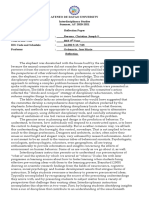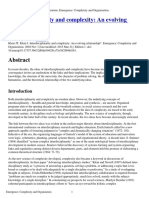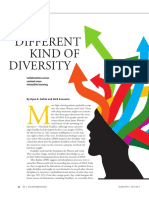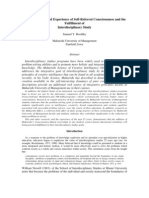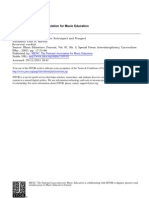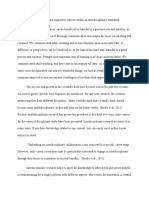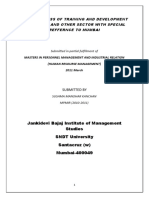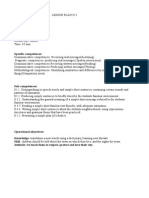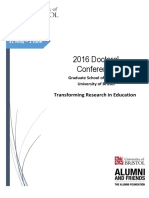0% found this document useful (0 votes)
416 views4 pagesEstablished Disciplines
This document contrasts established disciplines with interdisciplinary studies and provides definitions of each. It states that established disciplines claim a body of specialized knowledge and seek to produce new knowledge within their domain, while interdisciplinary studies draw on multiple disciplines to produce a more comprehensive understanding of complex problems. The document then provides a more detailed definition of interdisciplinary studies as a process that answers questions too broad for a single discipline by integrating insights from relevant fields to construct a new understanding. It distinguishes interdisciplinary studies from multidisciplinary studies, which it says merely places insights side by side without integration.
Uploaded by
Dhoms CoralesCopyright
© © All Rights Reserved
We take content rights seriously. If you suspect this is your content, claim it here.
Available Formats
Download as DOCX, PDF, TXT or read online on Scribd
0% found this document useful (0 votes)
416 views4 pagesEstablished Disciplines
This document contrasts established disciplines with interdisciplinary studies and provides definitions of each. It states that established disciplines claim a body of specialized knowledge and seek to produce new knowledge within their domain, while interdisciplinary studies draw on multiple disciplines to produce a more comprehensive understanding of complex problems. The document then provides a more detailed definition of interdisciplinary studies as a process that answers questions too broad for a single discipline by integrating insights from relevant fields to construct a new understanding. It distinguishes interdisciplinary studies from multidisciplinary studies, which it says merely places insights side by side without integration.
Uploaded by
Dhoms CoralesCopyright
© © All Rights Reserved
We take content rights seriously. If you suspect this is your content, claim it here.
Available Formats
Download as DOCX, PDF, TXT or read online on Scribd
/ 4
